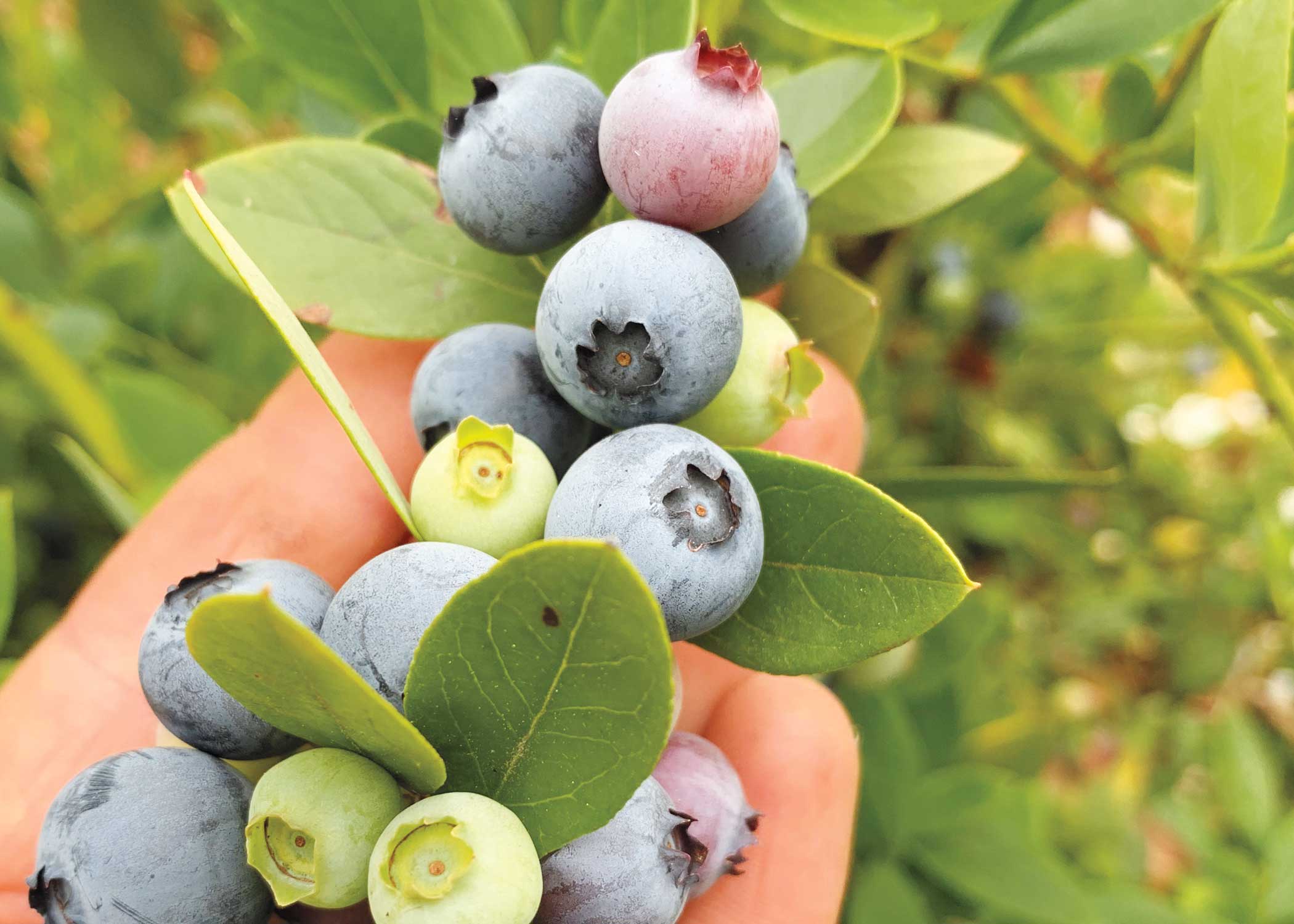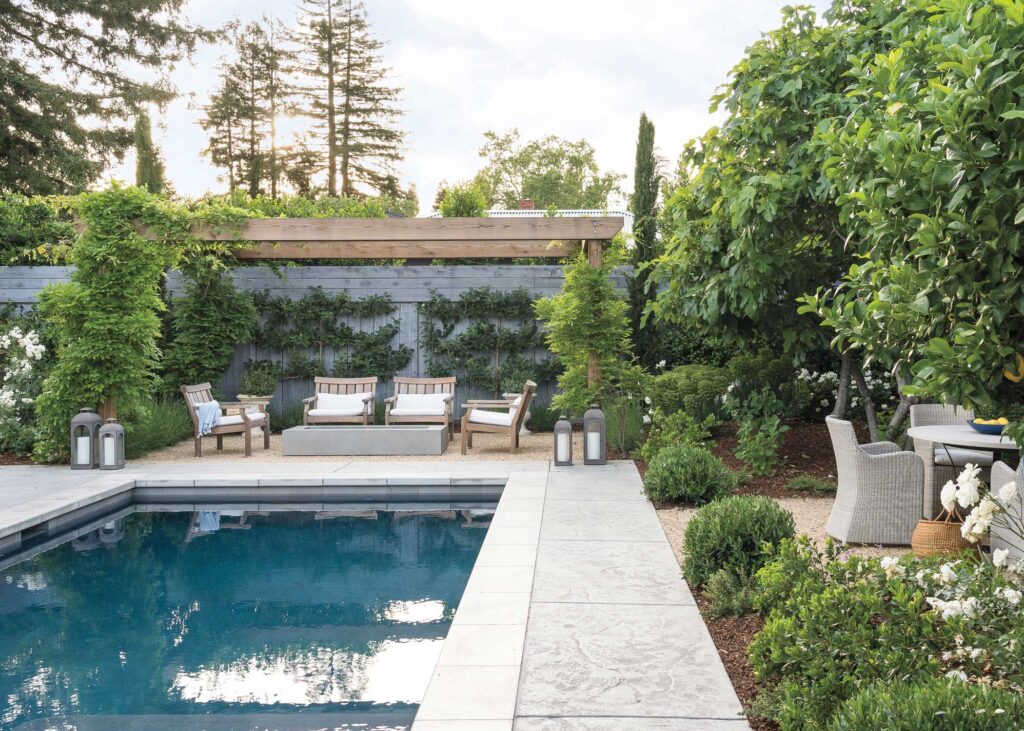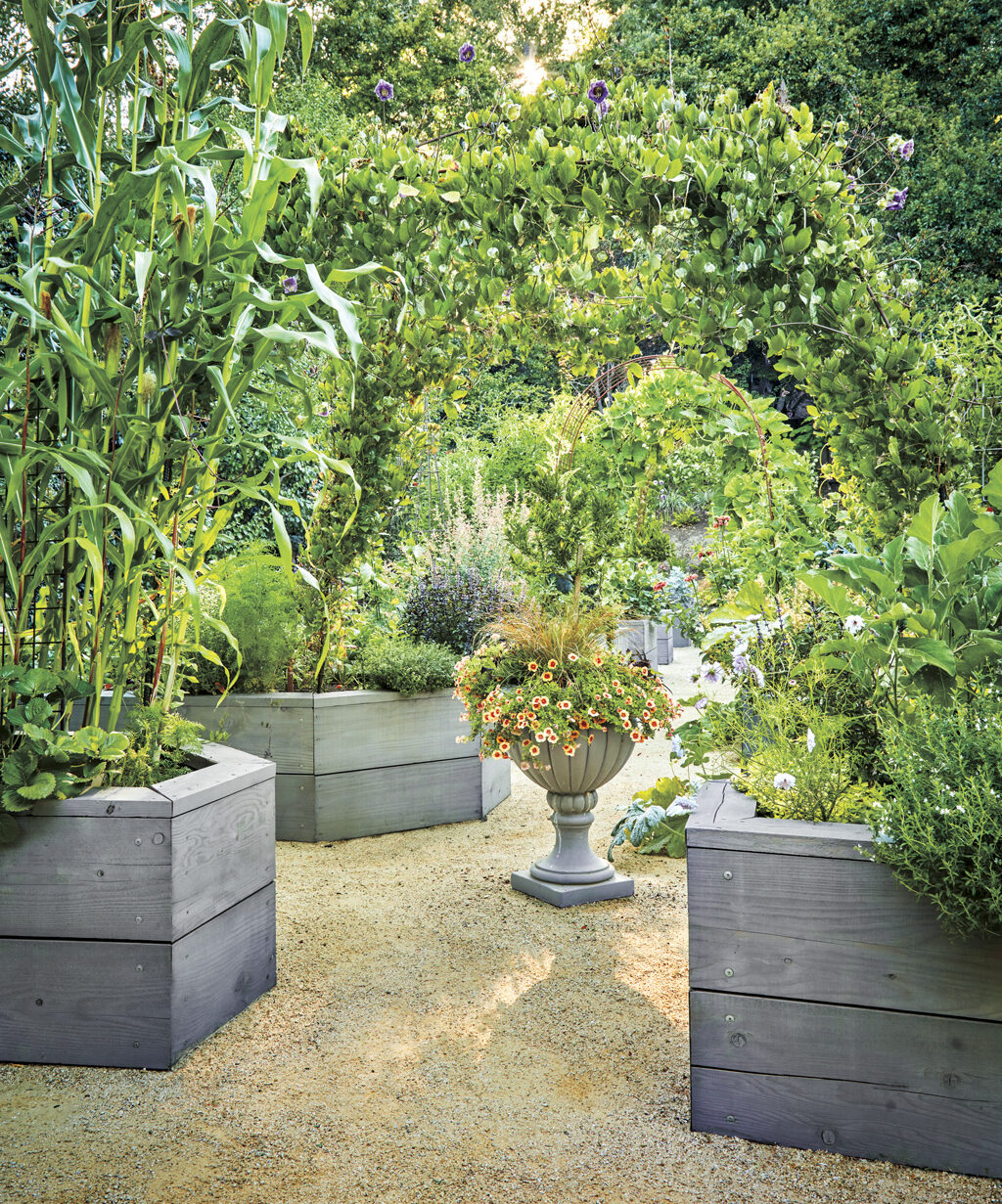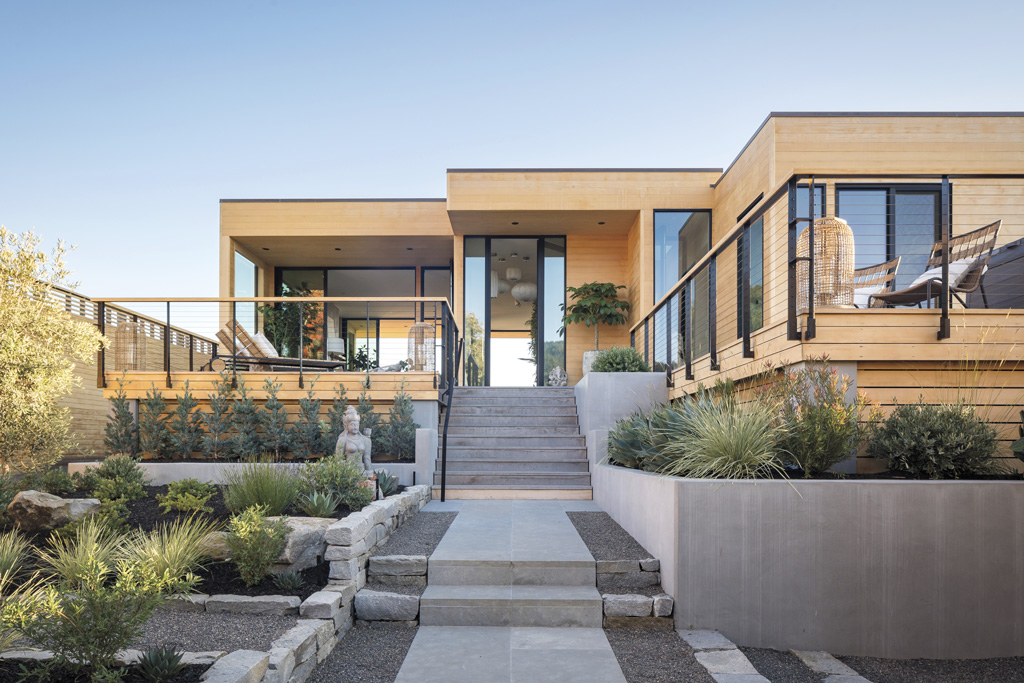Design & Home
A Landscape Designer’s Guide to Thinking Outside the Planter Box
 Photo by Christiana Paoletti
Photo by Christiana PaolettiIt’s not even spring yet, and we’re already daydreaming about juicy tomatoes and crunchy cucumbers. It’s hard to be patient when you’ve already bought seeds and planned out your most successful garden yet. But instead of subjecting your favorite veggies to the frosty cold this winter, use this time to plant perennials that will soak up the wet weather.
Types of Perennials
Perennials are plants whose life cycles continue for multiple years (trees and bushes, flowers like roses and herbs like thyme). These plants grow continuously, as opposed to peppers, which must be planted anew each spring, radishes that only grow for a month or even wildflowers that scatter their own seeds. More likely than not, the majority of your landscaping is made up of perennials, which add greenery without needing much upkeep. You can keep these plants in border spaces around the yard; those spots are the ideal places to incorporate edible perennials without taking up valuable planter box real estate, and this is one of the key tenets I follow when creating edible landscapes.
You can think of perennials in a few categories: large fruit trees, including apples, persimmons, fig and avocado (depending on the climate and space); midsize plants such as blueberry bushes, raspberries, artichokes and grapes; and smaller options like strawberries, hardy herbs and flowers. Layer all these categories together for a lush landscape that mimics nature.
Pro tip: Consider including non-edible perennials with bright blooms to attract bees and other insects that are needed to pollinate your vegetable crops.
When and Where to Get Them
Fortunately, now is the perfect time to get your perennials. It’s too early to shop for tomato transplants, but any nursery should be well stocked with slower-growing plants. There are ample sourcing options in Marin — Sloat nurseries, West End Nursery, California Native Landscapes, Green Jeans and even some of the local hardware stores. Be sure to choose healthy, robust-looking specimens that don’t seem to be struggling in pots that are too small. Read up on the varietals or ask at the nursery to be sure you’re choosing a plant that will succeed in your growing location, since some require more sun than others.
It’s ideal to plant fruits, berries and bushes during the rainy spring season so that they can benefit from the free irrigation. Larger plants need generous amounts of water while they are establishing their extensive root system, and the damp ground will be easier for them to spread out in and gather strength before the dry season. The softer soil also makes the digging and planting process easier for you, so planting these before summer is going to save you time and energy.

How to Add Them to Your Landscape
Adding fruits, berries and the like to your yard requires a bit of forethought since you’re choosing a permanent location for them to grow into. Don’t forget to plan for their future full-grown size, with trees especially, but even the mid- and small-size options should be planted with buffer space to grow into.
If you are lucky enough to have unused sunny areas in your landscape, go big with your favorite fruits. But if you’re trying to fit edibles in where you can, espalier-trained apple trees along a fence line might be the best option, or pineapple guavas grown as a hedgerow, or even artichokes as silvery statement pieces.
Strawberries, herbs and pollinator flowers can be incorporated into any garden, no matter how small. Strawberries look great atop rock walls or around the base of larger plants. Herbs like oregano, thyme, cooking sage and rosemary can grow in pots or between stepping-stones. Perennial flowers such as catmint, salvia, lavender and yarrow are the showstoppers that truly take your space from a lawn to a living habitat.
Perennial Palettes for Any Style
Some partnerships are just meant to be. Use these pairings to plant your landscape like a pro.
Neat Modern
Olives, citrus, blueberries, lavender, lemongrass, aloe. For maximum modern appeal, emphasize negative space and stick to a limited palette.
Wild Cottage
Apple, artichoke, rambling rose, raspberries, strawberries, hyssop. To achieve a natural whimsical look, plant closer together in bold drifts with more informal edges.
Coastal California
Fig, huckleberries, pineapple, grapes, grasses, salvia, yarrow. Silvery foliage and golden grasses easily come together to create the relaxed West Coast vibe.
Formal English
Espalier apple, quince, bay leaf, rosemary, catmint, thyme. For a more structured, elegant feel, plant in geometric lines and repeating patterns.









